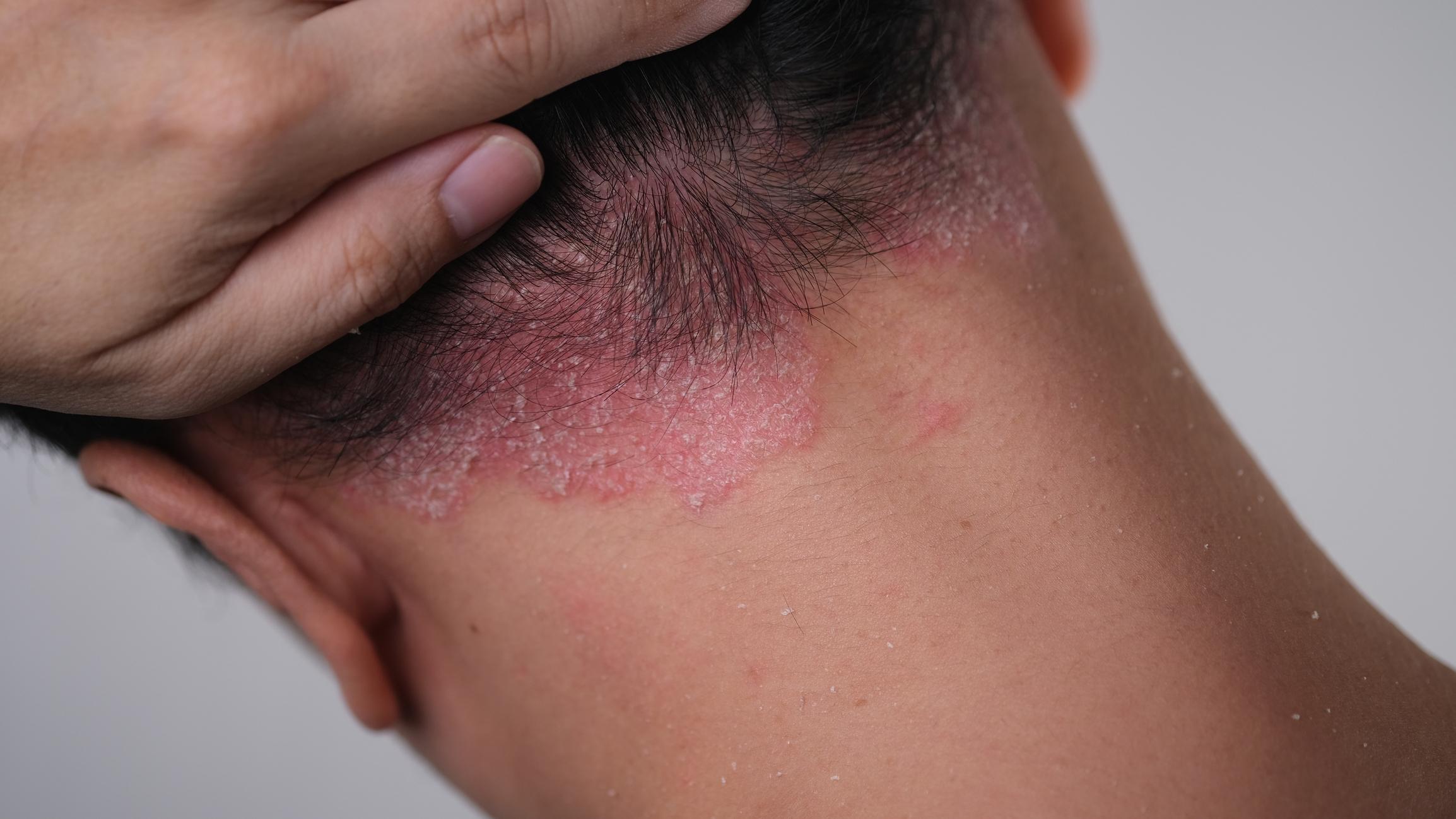Lupus is a disease with many faces. This complicates the diagnosis and promotes patient wandering. It takes 2 to 5 years to get a diagnosis.

- Lupus is an autoimmune disease that progresses in flare-ups. It can remain asymptomatic for many years.
- Women are more affected by this disease: they are nine to present the symptoms for a man.
- The signs of lupus are varied. The “wolf mask” is the most characteristic symptom of systemic lupus erythematosus. Kidney damage and joint pain are also common, as is depression.
- The first attack often appears after a particular event and is preceded by an asymptomatic phase which can last for several years.
- In one out of two cases, rheumatological manifestations reveal the disease.
“It’s never lupus! »This is undoubtedly the reply most pronounced over the eight seasons of the series Doctor House. Only sometimes, it is really a lupus, no offense to the most scowling doctor on the small screen. This autoimmune disease is nowhere near as rare as it claims. In France, it is estimated that 30,000 to 60,000 people suffer from it. An estimate because many patients suffer from bad diagnoses. On the occasion of World Lupus Day, Why actor examines the problems that this pathology poses to health professionals.
A strong diagnostic wandering
Marianne Rivière, president of the French association for lupus and other autoimmune diseases (AFL +), gives an unequivocal assessment of the management of this disease in France. “Lupus is underdiagnosed and misdiagnosed. The progress that has been observed over the past few years is not satisfactory, ”she says. In fact, two to five years are still necessary before receiving a proper diagnosis. But this is an evolution compared to the previous decade.
Marianne River, President of AFL +: ” This change can be explained by the Rare Diseases Plan, which saw the birth of the labeling of reference centers and the networking of competence centers.. “
It must be said that lupus is a sprawling disease, often described as having multiple faces. Its best known, and most visible, manifestation is the “wolf mask”, red patches that appear on the nose and cheeks. But not all patients have this symptom. And for good reason: lupus can also affect the skin, kidneys, joints, nervous system …
Not to mention that all patients are not equal when it comes to the diagnosis. “Lupus having an organ preference for the kidney, patients are perhaps more easily diagnosed when they suffer from kidney problems,” says Marianne Rivière.
Marianne River : “ No patient is alike. The entry into the disease can be through a very serious depression, kidney damage. “
Diagnostic tools
To guide healthcare professionals in the face of this labyrinth of symptoms, the American College of Rheumatology has proposed a grid of 11 criteria to specialists. If the patient has at least four, it can be considered that he is suffering from lupus. In one out of two cases, it is precisely the rheumatological symptoms that reveal the disease, which justifies recourse to a specialist. He is also the one who makes the diagnosis. Biological examinations can help guide the healthcare professional, looking for an anomaly in the blood count (white blood cells, platelets, etc.), a deficit of blood cells or the presence of antinuclear antibodies, which testify an autoimmune reaction.
But general practitioners also have their role to play in providing care. “ About a hundred general practitioners have been trained every year for 10 years using an IUD on the Internet, explains Prof. Jean Sibilia, head of the rheumatology department at the Strasbourg University Hospital (Bas-Rhin). But I think he must play a role of detector, then refer his patient to an expert doctor who can take care of the patient. The attending physician retains a place in the follow-up of patients. Because lupus remains a disease that evolves in successive outbreaks. The choice of adjunct treatment is then made in consultation with the expert doctors.
There remains a major problem, that of taking patients into account. As Marianne Rivière underlines, “there are no epidemiological data” in the field of lupus. No doubt because many patients are themselves unaware of their pathology.

Basic and adjunct treatments
There is no definitive treatment for systemic lupus erythematosus. On the other hand, it is possible to fight against flare-ups with long-term treatment. “Hydroxychloroquine gives very good results,” says Marianne Rivière. This synthetic antimalarial is no longer administered against malaria. But its anti-inflammatory properties are prized in lupus. In the long term, an adapted hygiene of life also makes it possible to reduce the outbreaks.
One-off treatments are added to this database. Anti-inflammatory drugs and corticosteroids, but also immunosuppressants are recommended. In so-called refractory patients, two monoclonal antibodies are also indicated.
On the research side, work is underway around two main avenues: the signature of a protein that activates the expression of specific genes and the modulation of the immune response.
.















